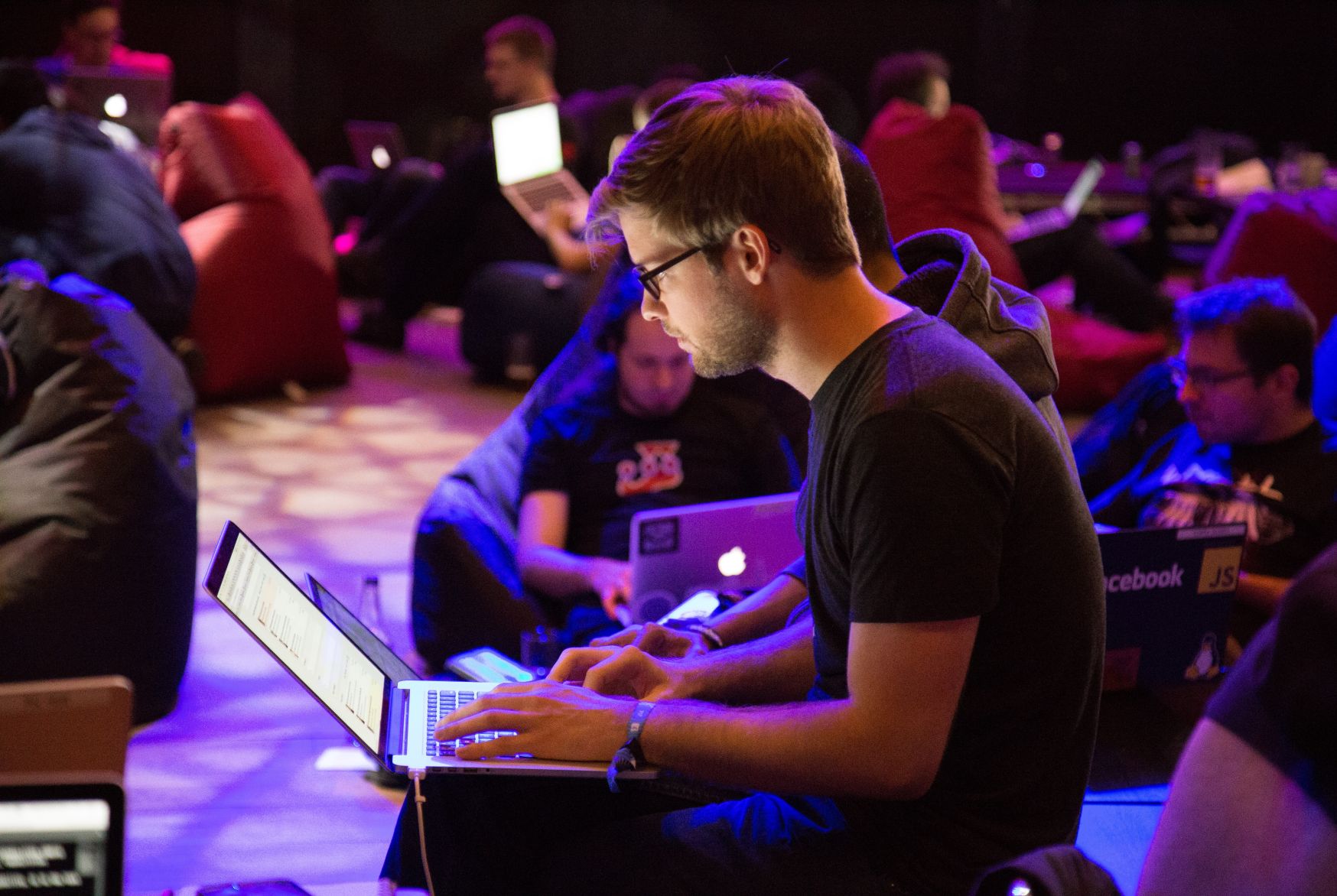Tech is not the answer to hybrid work overload
2020 didn’t just usher in the largest shift to remote and hybrid work in recorded history-It also brought with it an explosion in the adoption of work-related tech as everyone had to learn to function as a team, despite being physically remote.
Microsoft Teams alone picked up 95 million additional users and 300,000 organizations in 2020 and they are just one of several options for workplace communication tech.
We certainly need some level of tech to enable our teams to communicate and perform their job functions in a more location-independent way, but is more tech always better?
The true costs of technology on human performance

While some tech is necessary, there’s a tipping point where the volume of tech is too much, and many organizations appear to be going past the point of diminishing returns.
In fact, per the latest Digital Employee Experience (DEX) study conducted by Ivanti, an IT security automation platform provider, almost half (49%) of global employees are frustrated by the tech and tools their organization provides, and a full 65% believe they’d be more productive if they had access to better technology.
Shockingly, 42% of employees even reported spending their own money on better tech to work more productively.
But this frustration goes well beyond annoyance, as 64% of employees reported that the way that they interact with technology directly impacts their morale and 26% are even considering quitting their jobs because they lack suitable tech.
Between lost productivity, recruiting, and training costs, employee turnover is a huge expense on an organization (the latest figures from The Society for Human Resource Management (SHRM) show that it costs companies on average 6 to 9 months of an employee’s salary to replace him or her). It’s clear that something needs to be done to solve these tech troubles, but what are companies doing to fix the problem?
The great tech disconnect

While employees are understandably more focused on the user experience of the tools they’re expected to use day-to-day, management has traditionally been more focused on profitability and productivity when selecting new tools.
(Per the same Ivanti study, 62% of C-suite members openly stated that they prioritized profitability over employee experience when making a selection on new tech.)
Clearly, tech alone is not the answer to hybrid worker productivity and overwhelm. It’s the specific choice of tech that matters.
So, take a look at your current software stack and ask yourself:
⚡How many redundancies do you see?
Do your employees get overwhelmed keeping track of their messages in Teams, Outlook, Text, Slack, etc?
⚡How many login screens does your employee see per day?
Per our most recent research, almost half of hybrid workers reported giving up on a task because they couldn’t remember a password or didn’t have access to a device where a password was saved.
⚡How many different pieces of software does your employee interface with on a given day?
Research from Pega found that the average employee switched between 35 job-critical applications more than 1,100 times every single day…and that was before the pandemic.
How can we possibly expect our employees to be productive under these conditions?
⚡How many different pieces of software does your employee need to touch to finish a task?
According to the American Psychological Association, between losses in speed and mental energy, as well as generally causing employees to be more error-prone, switching between tasks can cost employees as much as 40% of someone’s productive time.
Poor software integrations mean your employees have to continuously switch between programs to complete a certain task, hurting the very productivity we’re trying to enhance.
So, what does an ideal software solution look like?

Clearly, we’re not struggling with the number of programs available to our employees.
Here’s what to look for to ensure we’re providing software that adds value to our employees and helps them increase their productivity, despite their working conditions.
⚡Find software that creates consistency across all of your processes
To help reduce employee overwhelm, try to avoid using redundant software (e.g. using both Microsoft Teams and Slack for messaging) whenever possible.
Also, don’t require employees to use different software for different processes when a single software will do.
⚡Select software that reduces log-ins, and doesn’t add to them
According to ‘The Password Exposé’ from LastPass, the average employee uses 191 passwords entered 154 times in a given month, totaling an estimated 36 minutes of password data entry per month.
Find software that integrates more capabilities and doesn’t require as many password entries to unlock greater employee productivity.
⚡Use software that plays well with others
Integrations are key to helping reduce employee overwhelm. With the ability to use or trigger multiple pieces of software from within a single interface, tasks seem more straightforward and cohesive and employees don’t feel the same mental drain as they do switching between entirely different applications.
⚡Pick software that reduces cognitive load
This really all comes down to reducing the mental load on your employees from balancing multiple pieces of software. We need to realize that every message, every password, every reminder, and every task takes mental energy to address, so we need to be sure our efforts are streamlining our employees’ processes and not creating detours and additional steps for them to attend to.
More software isn’t the answer.
The right software is.
Picking the wrong software can often be more damaging than not picking any software at all.
Since our employees need to use these tools daily, making the wrong selection doesn’t just affect our employees’ productivity, but also their morale.
When selecting new software, we need to involve our people in the selection process and value the user experience as highly as we value the potential productivity the new software can unlock.
The best software helps your people complete their tasks without getting in their way.
When it comes to tech, it’s time to buy smarter and fully invest in enhancing our employee experience.
The best software feels invisible
At least that was our methodology when we built Enboarder-
With drag-and-drop functionality and dozens of out-of-the-box integrations, even the least tech savvy member of your team can start building custom workflows for any HR initiative in minutes.
Enboarder helps deliver consistently exceptional experiences for your people through timely reminders, links to relevant information, and useful nudges and messages along their journeys-all without them to remember a password or log into another system.
It’s an experience so smooth your employees won’t even know you started using Enboarder…They’ll feel it.